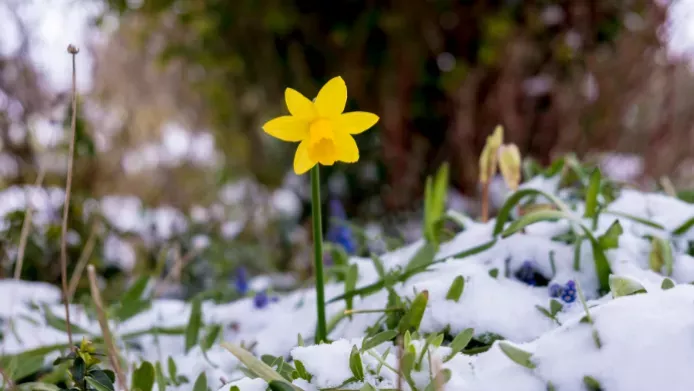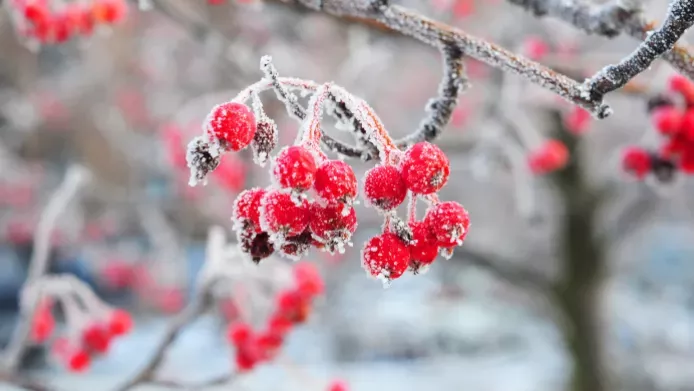Winter can seem like an endless season.
As the days draw in, and the nights grow longer, it’s easy to put off a walk outside when you could be sitting snugly indoors. Maybe you stomp the same paths day in, day out at your local park, causing you to feel like you're on autopilot. Or perhaps you think that after the autumnal burst of colour, there’s not much to explore in the greying landscape until the first signs of spring.
But what if you reawakened your senses and sparked new curiosity by slowing down, taking notice and reflecting on the environment around you?
Studies show that quality time and active engagement in nature reduce negative emotions such as stress, depression, and anxiety. And when you’re feeling curious, the brain’s positive reward chemical, dopamine, is released, making you feel good.
Just as you don’t need to be a writer to begin journaling, you do not need to be an artist or scientist to begin a nature journal. Simply by having a go and exploring the process, you can experience more peace and feel connected to the green spaces around you.

Tinnakorn Jorruang/ iStock
What is nature journaling, and how do I do it?
Nature journaling is more than simply recording your observations from nature. It acts as a bridge between mindfulness, art and science. Paying attention to what is going on around you is key.
All you need to get started is something to record your observations with, such as a notepad and pen, or your phone (we recommend putting it on airplane mode, so it doesn’t distract you!). Then wrap up warm and take yourself off to a green space. That’s it!
Once you’re at a space you feel comfortable in, allow yourself to be drawn to a spot. Question. Examine. Explore a space using all your senses. What are you curious about? What do you notice? What do you see, hear or feel? What do you think is happening underneath your feet? Dig deeper, and try not to censor yourself – note everything down.

Ben Slater/ iStock
Dos and Don'ts
Do...
- Just go for it. You don’t need to start at the beginning of the month or once you’ve found the perfect book. You can begin practicing your observation and recording skills straight away. Organise a date and time, then go outside.
- Have fun with it. Your nature journal should never feel like a chore, and you don’t need to fill it in every day. If you need help to stay motivated, this is a great activity to try with family or friends. Or share your observations with Grow Wild on our social media channels (linked below) using the hashtags #GrowWild and #NatureJournaling.
- Experiment. Try finding different ways to record your observations, such as bark or leaf rubbings, nature collages, voice notes, map drawings, photos…the list goes on!
- Set prompts or themes if you’re lacking inspiration. This can help guide a session or a walk. For example, you could focus a session on seed heads, or moss in unusual places.
- Look back on your journal and celebrate what you’ve created. You might also like to pick out some key observations about your green space.

Lex20/ iStock
Don't...
- Be put off by the winter weather! Winter is an excellent time to start. Tree silhouettes, and bark textures, mosses, fungi, lichens, paw prints, long shadows, berries and birds. With a bit of practice under your belt, you’ll be ready to record the spring burst.
- Forget to record the date, location and weather when you start a session. Details like this are important when you revisit your notes.
- Think you need to be in the deep wilderness to begin. There is a wealth of nature all around you, ready to be discovered. Your nearest park or a tree by your house are both brilliant places to observe nature.
- Put pressure on yourself – or your journal – to be perfect. You can share as much or as little as you want. Enjoy being a student and stay humble in the learning process.
Get inspired
Would you like to know more about nature journaling and give it a go? Watch this recording of the live training session we ran in 2021:

